Do you need cabbage feeding for tying heads of cabbage
Cabbage heads begin to gain weight in July. It happens that the culture grows, the leaves become large, but the ovaries do not appear. The reasons for this are poor quality seed material, improper planting dates in open ground, thickening of plants, bad weather, insufficient watering, diseases and insects, poor soil. Fertilizers are needed to improve the situation. Consider the best way to feed the cabbage so that the heads of cabbage are tied.
The content of the article
Do you need cabbage feeding for tying heads of cabbage
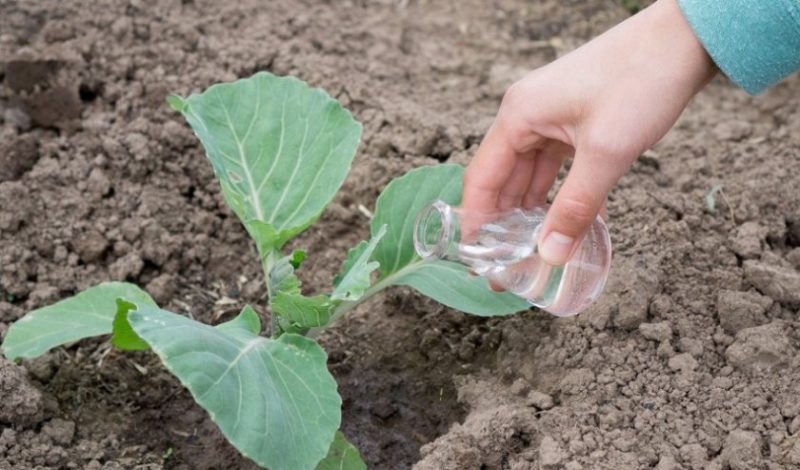
Stunted bushes and poor growth are the main signs of nutritional deficiencies. Most of the symptoms are identified by the leaves:
- brown spots indicate that the plant lacks potassium;
- dried or completely dried leaves are a sign of a serious phosphorus deficiency;
- cabbage is pale and does not develop heads of cabbage - a symptom of nitrogen deficiency.
These are the main problems that gardeners face. Top dressing will help improve the general condition of plants and get a good harvest.
How to feed cabbage to form heads of cabbage
There are 3 groups of fertilizers: complex (store), biological and folk remedies. The advantages of natural fertilizers are safety, no chemicals, beneficial effects on crops, good results.
Iodine
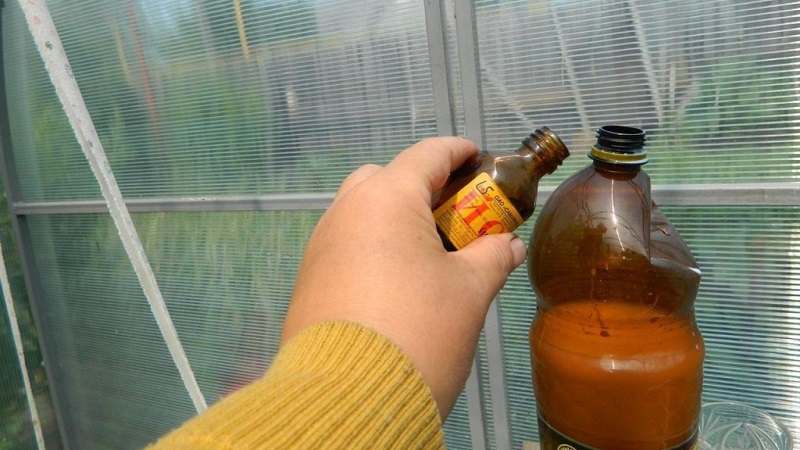
This simple cabbage feed can be found in every home medicine cabinet. Iodine prevents the development of diseases and the reproduction of pests. As a result, heads of cabbage are formed strong and healthy.
Fertilizer is applied by spraying and under the root. Recipes:
- for root feeding, dissolve 0.5 tsp. the drug in 10 liters of water;
- for spraying - 50 drops in a bucket of water.
It is better to fertilize plants in cloudy weather, after watering. Usually, gardeners spray cabbage in the early morning, and top dressing is carried out in the evening, after sunset.
Yeast
It is a safe and effective means for tying heads of cabbage. Baker's yeast improves the mineral composition of the soil, helps the culture to accumulate and assimilate nutrients. Therefore, heads of cabbage gain weight and get stronger much faster.
Recommendations:
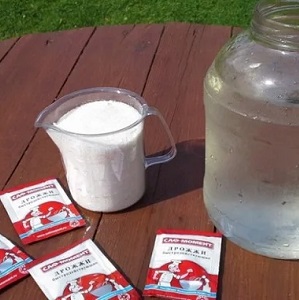
- dilute 3 packs of yeast in 1 bucket of warm water (temperature - + 17 ... + 20 ° C);
- add 4 tbsp. l. sugar to increase the speed of fermentation and beneficial qualities;
- leave to ferment for 2-3 hours in the sun.
They are fed strictly at the root: they spend 1 liter of the mixture per bush.
In order for the yeast to work properly, fertilizing is applied only to moist soil with a temperature of + 20 ° C and above. Humus is added to the soil beforehand. So the fungi will live for a long time.
Chalk
This product deoxidizes the soil, allowing cabbage to grow properly and form strong heads of cabbage.
Advice! Chalk works great when paired with herbal infusion. Nettles will benefit cabbage. To do this, 1/3 of the barrels are filled with mowed grass, poured to the brim with water and infused for 4-5 days. Add 1 tbsp. infusion into a previously prepared solution with chalk.
Use chalk for autumn and spring feeding:
- add 1 tbsp. crushed chalk in 10 liters of pure water:
- in the same mixture dissolve 1-2 g of urea or ammonium nitrate;
- spend 1 liter of liquid per bush, pour it strictly at the root.
Cabbage absorbs nitrogen fertilizer well and begins to grow much faster. Fertilizing in the morning or evening, after watering.
Ash
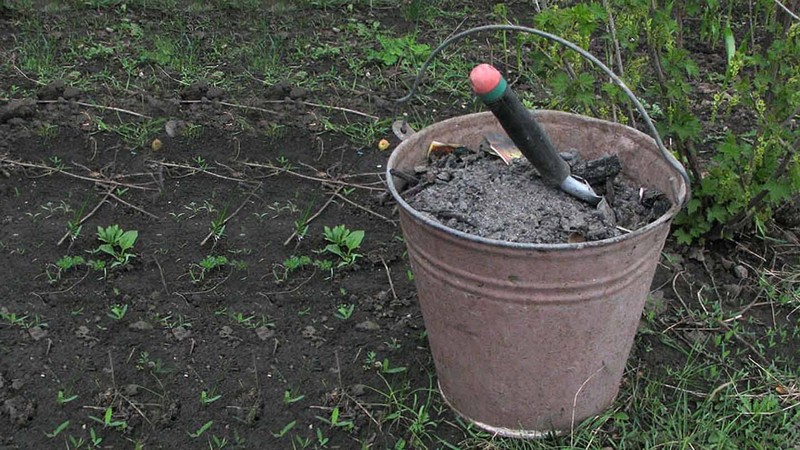
A popular fertilizer for plant saturation with potassium, calcium, phosphorus, iron, boron, sodium. The most useful ash is obtained from birch. To create top dressing, stir 1 tbsp.ash in 10 liters of water and wait 15 minutes until the mixture is infused.
Each bush is sprayed with 1 liter of liquid in the evening, after watering. In addition, ash is scattered under the plants to scare away snails, slugs, aphids, earthen fleas.
Attention!Regular use of ash fertilizer causes the appearance of bitterness in the taste of cabbage. Therefore, 3 sprays per season are enough.
Potassium humate
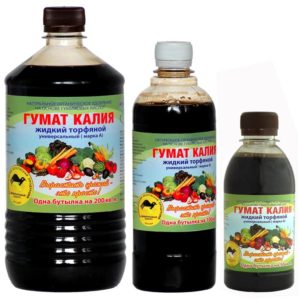
This soil deoxidizer is sold ready-made. The dosage is indicated by the manufacturer, so the solution is prepared strictly according to the instructions. It is important to pay attention to the name: there should be potassium humate, not sodium.
500 ml of the finished liquid is poured under each bush. If the soil is too acidic, the volume is increased to 1 liter. Feeding with potassium humate is performed 3 times during the entire growing season:
- In 2 weeks after disembarkation plants in open ground;
- 4 weeks after the first;
- after another 2 weeks.
Plants are fed in the early morning or late evening after watering. During heavy lingering rains, fertilizer is not applied, since the drug will quickly be washed out of the soil.
What to do if the heads of cabbage have grown small
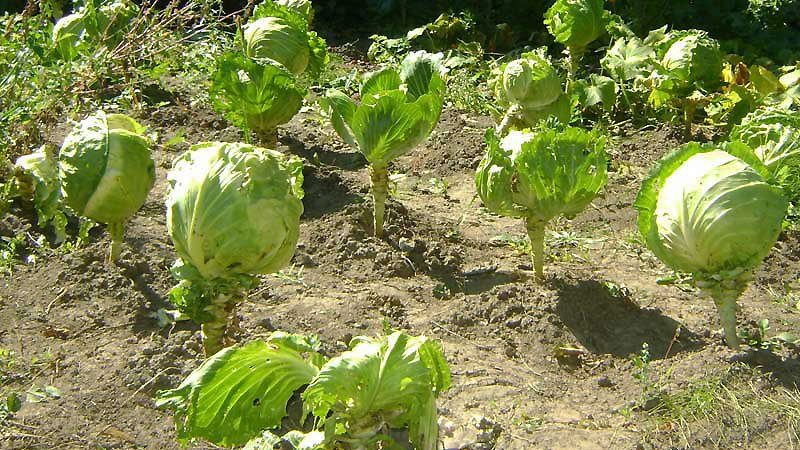
Small heads of cabbage are not a reason for disappointment. It is recommended to take into account the advice of experienced gardeners and eliminate obvious problems when growing cabbage next year. Fundamental rules:
- buy only high-quality planting material from well-known manufacturers, without signs of rotting and damage;
- observe crop rotation;
- choose a well-lit area for planting;
- apply top dressing on time, observe the irrigation regime;
- treat plants with special preparations when diseases and insects appear.
Additionally, gardeners advise:
- water the cabbage abundantly and evenly, avoiding stagnant water;
- to normalize the acidity of the soil in the fall by applying lime according to the scheme of 5 kg per 10 m²;
- fertilize the culture with organic and mineral preparations during the growth period;
- do not forget about loosening, ensuring normal air access to the roots.
Be sure to assess the general condition of the bushes. If there are clear signs of weakening, top dressing is applied under the root or by spraying.
Read also:
Early ripe hybrid of cabbage Krautkayser F1
Nozomi f1 ultra-early ripening cabbage hybrid
Why is Romanesco cabbage useful, what it looks like in the photo, is it difficult to grow it
Conclusion
Cabbage heads are not tied for many reasons: poor quality seeds, non-observance of crop rotation, too acidic soil, lack of nutrients. If problems are addressed in time, the harvest will be saved. The main thing is to take into account the recommendations of experienced gardeners, to properly feed the culture.